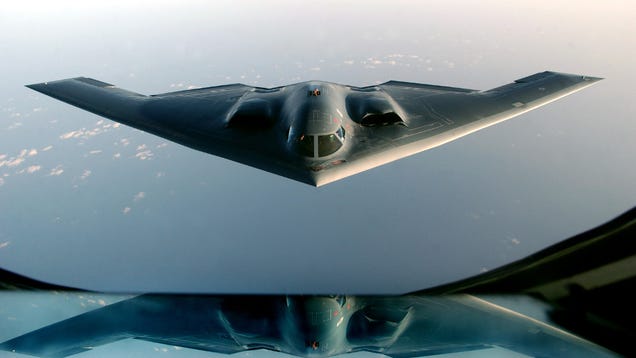
Why wait for the future when many of today’s technologies look as though they got here in a time machine? Here are 10 real-life technologies that come from the future.
A couple of clarification points before we get started. By real-world, I mean any kind of technology that actually, physically exists (no vapourware, no conceptual designs, etc.). It needs to be functional, whether it be a fully fledged product, or a working prototype in the lab. And second, we’re strictly going for form over function, here. A futuristic appearance in this case means everything.
Okay, let’s take a trip to the next century and beyond.
1. Northrop Grumman B-2 Spirit
The first stealth bomber was developed back in the 1980s. That's some 30 years ago — and it still looks like something that Buck Rogers should be pimpin'.
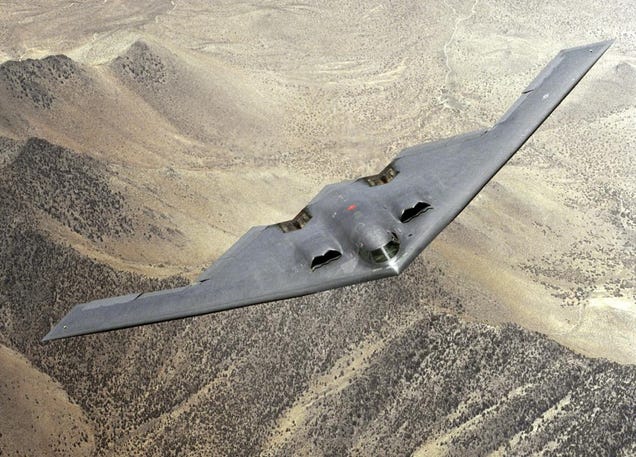
Credit USAF.
The B-2 is considered a first-strike weapon (at least that’s what the enemy thinks of it), and it can carry upwards of 16 B83 nuclear bombs. Its sleek, innovative design allows it to penetrate dense anti-aircraft defences.
And if you think that’s crazy futuristic, consider the U.S. Navy’s X-47B, which just became the first unmanned stealth aircraft to land on an aircraft carrier:
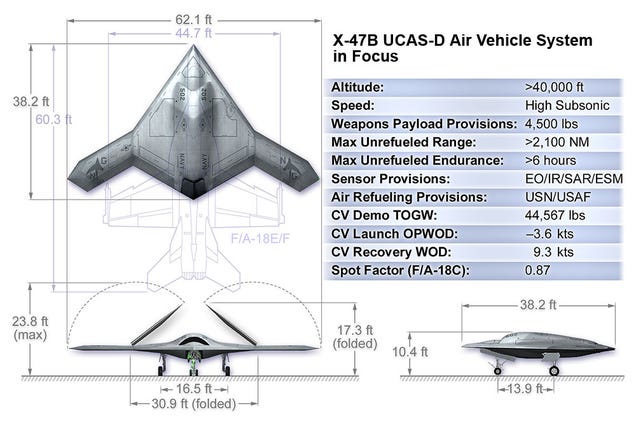
2. The Oracle AC72 Catamaran
Priced at $10 million apiece, this catamaran is the pride and joy of Larry Ellison. These badboys are used in the America’s Cup — and they’re revolutionizing the sport. The radical yacht features a scrim of netting stretched between twin knifelike hulls, each 72 feet long, but just a few feet wide. Connecting the two blades are girder-like crossbeams.
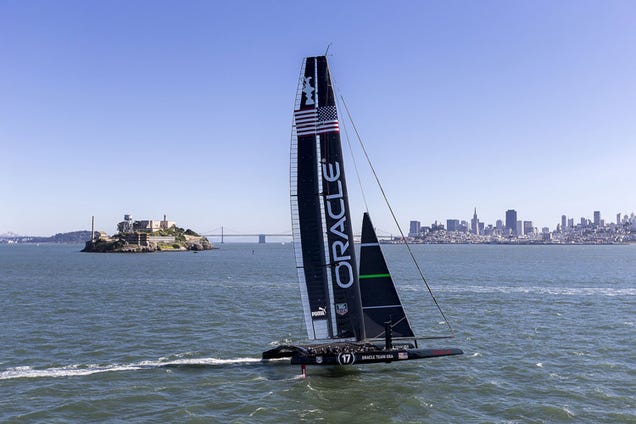
But the pièce de résistance is the rigid wing which towers 13 stories in height, serving as the boat’s veritable engine. When moving at full tilt — often at speeds twice the windspeed — the catamaran appears to fly through the air. Which is actually kind of the point.
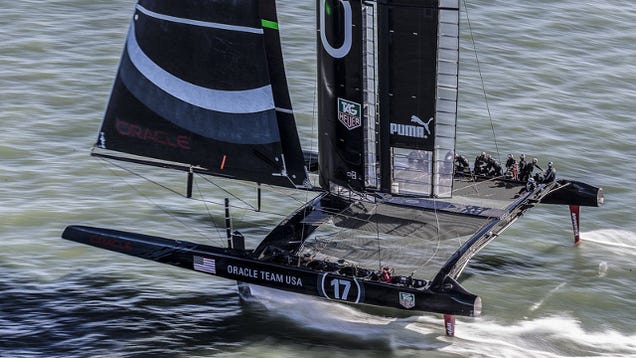
The boats are so expensive that only four teams could opt into the challenge.

And they’re also dangerous. Like, really dangerous. Earlier this year, Olympic gold medalist Andrew Simpson was killed during a capsize of the AC72 catamaran while training for the America’s Cup in San Francisco Bay.

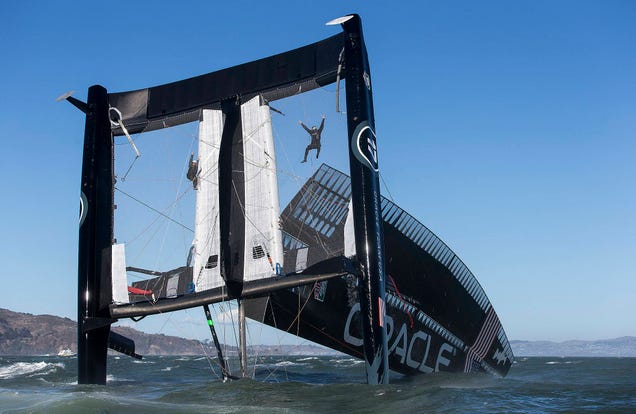
Credit: Guilain GRENIER/ ORACLE TEAM USA
3. NASA’s Xenon-Ion Engine
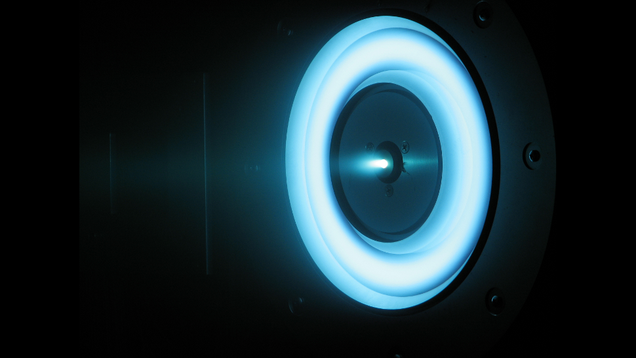
If you were to imagine what a “xenon-ion space engine” was supposed to look like, you would probably picture something that looks exactly like this. This functional prototype sits in a vacuum chamber where it’s being tested at NASA’s Jet Propulsion Laboratory in Pasadena, California. It could be used by 2019 to propel an asteroid-retrieving robotic probe.
NASA shows off a prototype of its new xenon-ion engine
In 2019, NASA will send out a robotic probe to retrieve an asteroid. And it’ll be this little piece … Read more
4. Boston Dynamics’ PETMAN Humanoid Robot
The Department of Defense asked Boston Dynamics to create a humanoid robot to test the performance of protective clothing designed for hazardous environments. Instead, they created something that will haunt us in our nightmares forever.
Meet the Pentagon's latest robotic abomination: ATLAS
No, it's not a souped-up version of Robby the Robot — it's ATLAS, DARPA's latest… Read more
5. Google’s Server Farm




All images: Google.
Steven Levy from Wired puts this modern marvel this way:
This is what makes Google Google: its physical network, its thousands of fiber miles, and those many thousands of servers that, in aggregate, add up to the mother of all clouds. This multibillion-dollar infrastructure allows the company to index 20 billion web pages a day. To handle more than 3 billion daily search queries. To conduct millions of ad auctions in real time. To offer free email storage to 425 million Gmail users. To zip millions of YouTube videos to users every day. To deliver search results before the user has finished typing the query. In the near future, when Google releases the wearable computing platform called Glass, this infrastructure will power its visual search results.
This computer took 40 minutes to simulate one second of brain activity
And it required 82,944 processors, to do it — showing that we're still quite a ways off from… Read more
7. Virgin America’s Plane Cabins

This is the interior of the Airbus A320. But you could be forgiven for thinking it was the inside of a spaceship headed for the Gamma Quadrant. (Photos: Virgin America)


8. Dyson’s 10-inch Air Multiplier
First off, anything with the word 'Dyson' in it has to be cool. Second, how the hell does this bladeless fan actually work?

How Stuff Works explains:
As you might imagine, there are a few scientific principles at play here. There's also an electronic element. While the tube doesn't have any blades inside it, the pedestal of the fan contains a brushless electric motor that takes in air and feeds it into the circular tube. Air flows along the inside of the device until it reaches a slit inside the tube. This provides the basic airflow that creates the breeze you'd feel if you stood in front of the fan. Dyson claims that the Air Multiplier generates a breeze with 15 times more air than what the device actually takes in.
According to Dyson, the breeze generated by the Air Multiplier is more consistent and steady than one from a standard fan with blades. Since there are no rotating blades, the breeze from the fan doesn't buffet you with short gusts of air. [h/t Mark McAllister]
9. The Vestas SailRocket
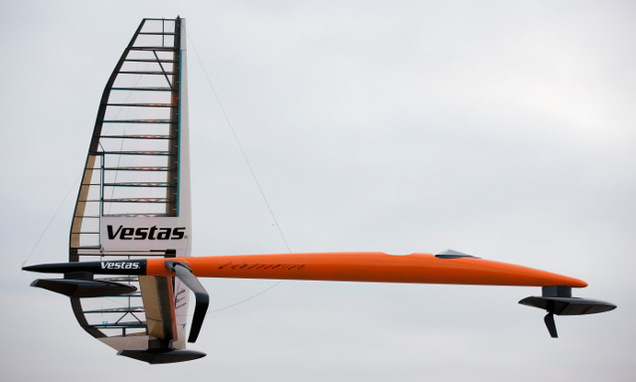
Don’t be fooled by the name. There are no rockets used to power this thing — it opts instead for wind which it captures by using a highly engineered sail.
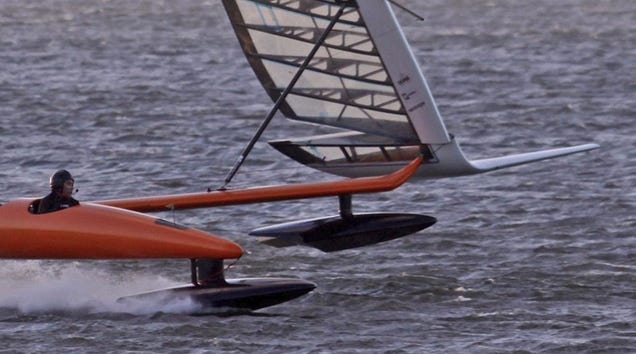
Late last year the VSR2 set the work record for 500-meter sailing speed by reaching 54.1 knots (62.2 mph). But during an unofficial run it reached 65.8 knots (74.6 mph). (Photo: Jonathan Torgovnik)
10. Levitron World Stage Levitating Globe
This thing belongs on a starship captain’s desk.
Top image: USAF.
Nenhum comentário:
Postar um comentário
Observação: somente um membro deste blog pode postar um comentário.